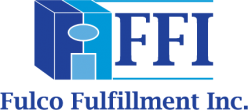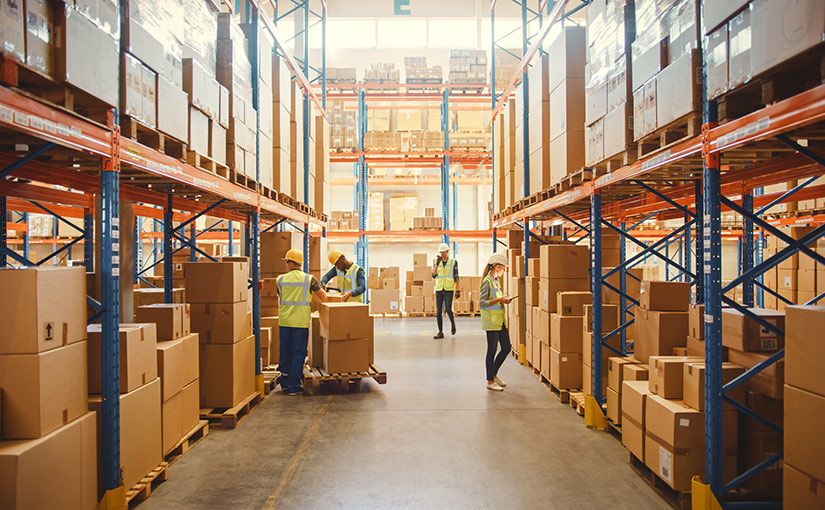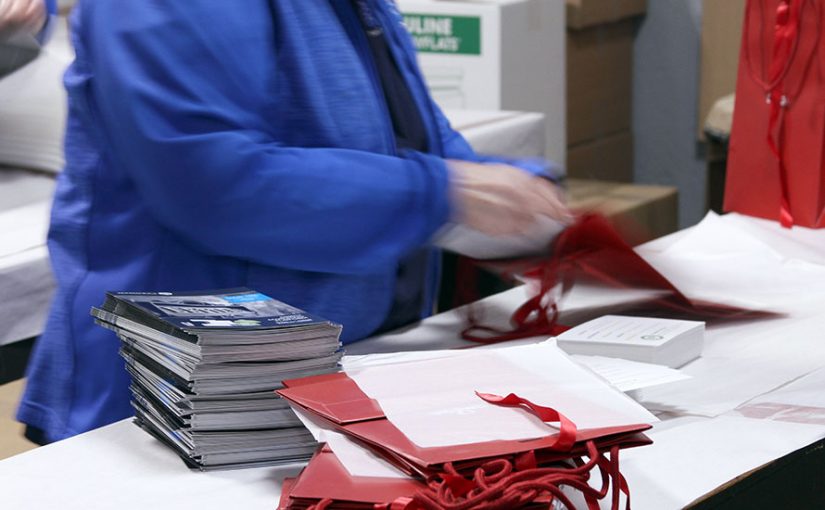The role of third-party logistics companies has been shifting against the backdrop of steady disruption and game-changing technology. Leading warehouse and distribution centers like Fulco Fulfillment Inc (FFI) have seen consistent trends in 5 distinct areas:
- Supply Chain Integration
- Outsourced Delivery Services
- Sustainability in Warehouse and Distribution Services
- The Amazon Effect
- E-commerce Will Accelerate
Supply Chain Integration
Improved Communication
Technology improves many logistical tasks. The goal is to determine how best to utilize technological advancements to simplify and streamline the communication process. There are several Warehouse Management Solutions that utilize API electronic data exchanges to improve communication and increase transparency.
Proactive fulfillment centers and 3PLs understand the importance of having the best communication platforms available. These platforms support customers by providing real-time updates on order fulfillment, package tracking, inventory levels, historical data, and more.
Warehouse and distribution centers will look to leverage integration to build value-added services within their fundamental workflows and software. It is possible to integrate picking and packing using barcode scanning technology which communicates directly to shipping software. This reduces the costs and eliminates lost time and inevitable errors. API integrations automate order fulfillment workflows leading to improved communication. Supply chain integration through data sharing encourages visibility, transparency, and accountability by all parties involved.
Outsourced Delivery Services
Focusing on Core Competencies
The power of third-party delivery services is basically an opportunity for warehousing and distribution centers to deliver products to customers using independent contractors. This outsourcing eliminates the responsibility of maintaining a fleet of trucks and all the additional costs that incurs. While several 3PLs and fulfillment centers are expanding their fulfillment and distribution platforms to smaller, regionally focused networks, hiring and building their in-house delivery network takes time and money. To ensure they can efficiently deliver to customers, many warehouse and distribution centers are contracting delivery services.
Packaging Supplies Will Go Green
Customers Reduce Their Impact on the Environment
To be eco-friendly, 3PLs have been integrating environmentally-conscious practices into their operations. Optimization of packaging supplies has become an imperative eco-conscious strategy for shippers.
The 3PLs are working with new ways of designing and producing their products, attempting to lessen their carbon and environmental footprint, while simultaneously saving on costs. Consumers rate sustainability as important and will select companies that support green initiatives. Trends have shown an overall shift among the broad customer base today towards a more eco-aware business model.
Green packaging has brought a wave of new eco-friendly alternatives to traditional packaging materials. Here at FFI, we see a rise in biodegradable packing peanuts, corrugated bubble wrap, and air pillows made of recycled materials.
There are many packaging options available to the environmentally conscious business.
The Amazon Effect
Warehouse and Distribution Centers to the Rescue
“The Amazon Effect,” which has ushered in the expectation of rapid delivery with minimum effort and the desire for a seamless order experience, is one that every customer has the right to expect. The dominance that Amazon has on the U.S. e-commerce space isn’t without its pitfalls. Amazon sellers have had to find alternative shipping options, relying on warehouse and distribution services like FFI to prepare their goods for Fulfillment by Amazon and allow them to live up to their brand promise. This meant developing closer relationships with their outside fulfillment team; warehouse and distribution centers rescued them.
We can expect to see more brands turning from basic service providers to more comprehensive fulfillment partners. The latter will offer a wider range of services and take the time to understand individual businesses, which puts them in a better position to bend to the needs of that brand and help it to scale more effectively.
E-commerce Will Accelerate
E-commerce has created a world in which consumers can shop almost anywhere, anytime. Supply chain integration can enable quicker response times to consumer requests.
This increase in demand will continue to put pressure on warehouse technology. We’ve already seen shipping times grow at major e-commerce retailers, and the postal service burdened as smaller retailers try to pivot to online. Additionally, this will result in an increased demand for warehouse space that will likely result in more refurbishment of older buildings. Being able to build and flex warehouse capacity to support customer demand is a strength FFI offers our customers.
Stay Prepared with Fulco Fulfillment Inc.
Understanding the shifts in the e-commerce landscape will set you up for success. Get ahead of the warehouse and distribution trends before they get ahead of you! FFI can help you with all of your warehousing and distribution needs. Call 973.361.1700 or fill out our contact form.


